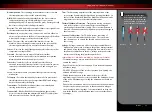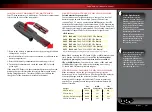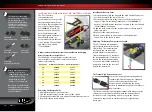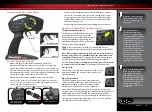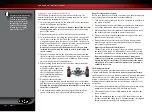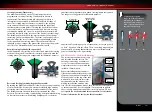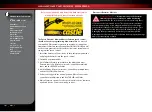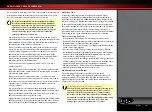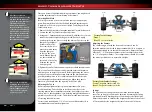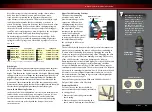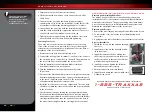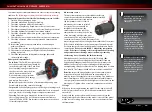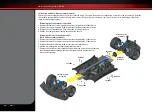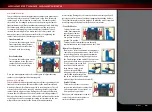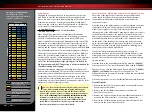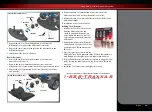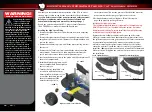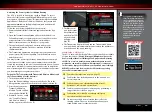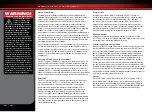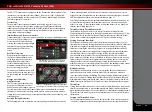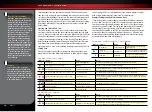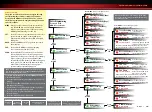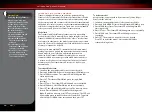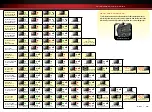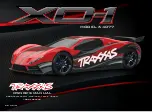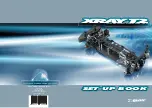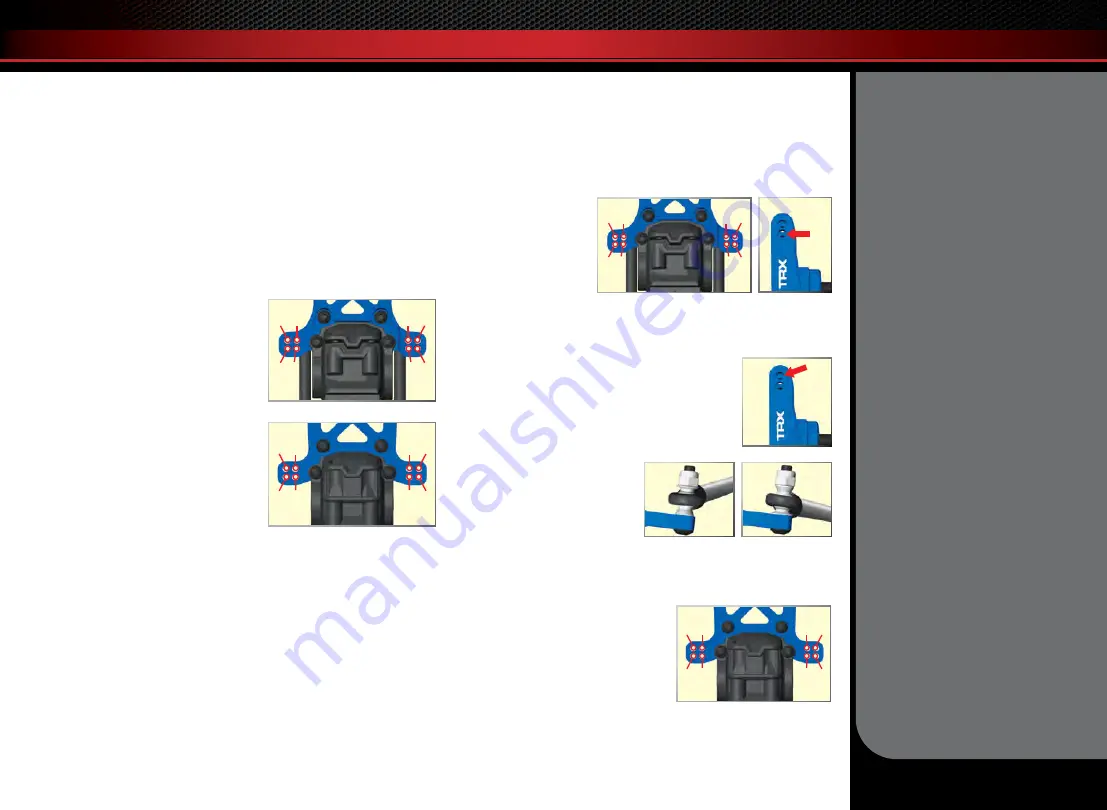
XO-1
•
25
ADVANCED TUNING ADJUSTMENTS
CAMBER GAIN
Your model has provisions for adjusting the camber gain geometry of
the front and rear suspension. “Camber gain” refers to an increase in
camber angle as the suspension is compressed. The camber gain of
the vehicle can be changed inside or outside by moving the camber
link attachment to a different horizontal mounting position. Adjusting
the camber gain will alter the tire contact patch as the suspension
is compressed. Making the camber link shorter (outside holes) will
increase the camber gain. This makes the vehicle more stable over
bumps, but reduces traction on smooth surfaces. Lengthening the
camber links (inside holes) has the opposite effect.
• Front Camber Gain
To increase the camber gain on the
front suspension, move the inner
camber link ends out to Position 1.
Position 2 is the stock setting.
• Rear Camber Gain
To increase the camber gain on the
rear suspension, move the inner
camber link ends out to Position 3.
Position 4 is the stock setting.
Once you make adjustments to the camber gain, re-adjust the static
camber to the original specifications (page 20).
ROLL CENTER
Your model has provisions for adjusting the roll center geometry of the
front and rear suspension. Roll center refers to the virtual axis around
which the chassis will roll when subjected to cornering forces. The roll
center of the vehicle can be raised by mounting the inner ends of the
camber links in a lower position. Raising the roll center will effectively
increase the roll stiffness of the vehicle (similar to installing swaybars).
Adding roll resistance to one end of the vehicle will tend to add traction
to the opposite end. For example, increasing roll resistance in the rear
will provide more traction for the front wheels and potentially
more steering. Raising the roll center on the front and rear equally will
increase overall roll resistance without changing the handling balance.
The default factory locations are designed to make the model easier and
more forgiving to drive and less likely to oversteer in turns.
• Front Roll Center
To lower the roll center
on the front suspension,
raise the inner camber
link ends from position
4 to position 2, or from
position 3 to position 1.
To lower the roll center further, move the outer
camber link ends to the lower position on the C-hub.
• Bump Steer Correction
“Bump steer” refers to unwanted steering inputs
caused by suspension movement. Your model’s
suspension geometry is designed to minimize
bump-steer. If you are using the upper hole on
the C-hub (image A) and either of the two lower
holes on the shock tower (positions 3 or 4 in
“Front” image), the tie rod ball
should be oriented with the
large flat end on top (stock
position - image B). When
using any other combination of
camber link attachment points,
the tie rod ball should be oriented
with the large flat end on the bottom (C).
• Rear Roll Center
To lower the roll center on the rear
suspension, raise the inner camber link
ends from position 4 to position 2, or
from position 3 to position 1.
Once you make adjustments to the roll
center, re-adjust the static camber to
stock specifications (page 20).
Front
1
1
3
3
2
2
4
4
Rear
1
1
3
3
2
2
4
4
C-hub
B
C
A
1
1
3
3
2
2
4
4
Rear
1
1
3
3
2
2
4
4

